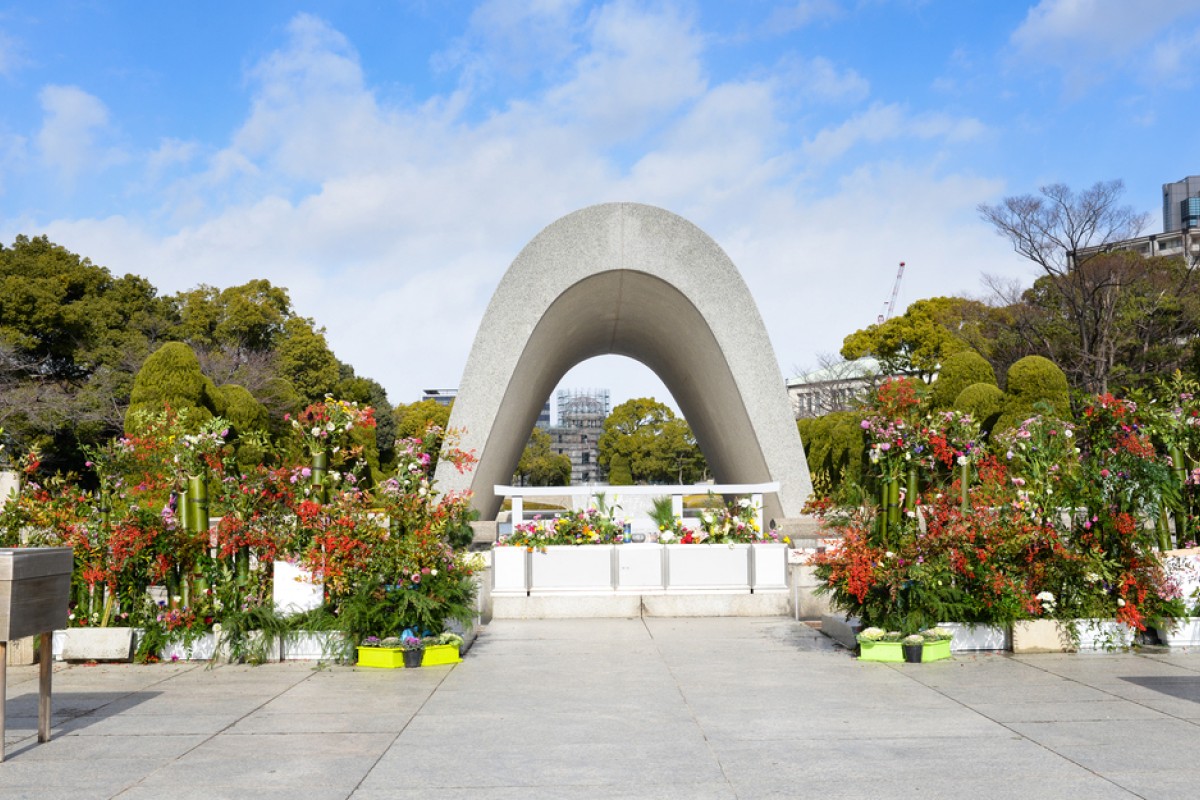 Hiroshima Peace Memorial Park.
Hiroshima Peace Memorial Park.Foreign ministers from the Group of Seven industrialised countries are meeting in the western Japanese city of Hiroshima yesterday and today.
Germany's Frank-Walter Steinmeier arrived late due to aircraft problems at departure and missed most of yesterday’s sessions.
Here's what you need to know about this meeting, which includes ministers from Britain, Canada, France, Germany, Italy, Japan and the US:
The G7
G7 is short for Group of 7. It is a group of seven countries, Britain, Canada, France, Germany, Italy, Japan and the US. It used to be the G8 when it included Russia, but the Russians have been dropped after the Ukraine crisis.
Russia’s foreign minister is due to visit Tokyo to meet Japanese counterpart Kishida later in the week, a possible prelude to a visit by Japanese Prime Minister Shinzo Abe to Russia in May. Other G-7 countries might not welcome such a trip.
What G7 does
G7 used to be G6, which used to be the G5, also known as the Library Group. The G5 (United States, the United Kingdom, West Germany, Japan and France) met in an informal way in the Whitehouse Library in 1974.
A year later the French leader Giscard d'Estaing convened a meeting which also included Italy, at a castle near Paris. He wanted leaders of the top economies as measured by GDP per capita, to meet in an informal setting and about the then oil crisis. Canada joined in 1976. Russia joined in 1998, to make it the G8.
The nations meet to discuss macroeconomic policies and talk about the state of the world's economy. In 1971 the exchange rate collapsed, which was followed by an energy crisis.
The group usually meets once a year, but sometimes can meet up to four times a year.
Why Hiroshima?
This year, Japan hopes to send a message of nonproliferation and peace. Once all but annihilated by a US atomic bomb, Hiroshima has risen back as a symbol of peace and nuclear disarmament. It's also the hometown of host Foreign Minister Fumio Kishida. Hiroshima can also entertain the guests with its homegrown oysters, reputed to be Japan’s best, and the picturesque Miyajima shrine by the sea.
Kishida told Sunday’s reception that he hoped the experience would help the visiting ministers to "learn how Hiroshima has risen back from the atomic bombings to become the symbol of peace and hope."
Peace Memorial Park and A-Bomb Museum
The foreign ministers will honour the dead at the Hiroshima Peace Park and visit the nearby Atomic Bomb Museum today, a dream come true for many surviving victims, who have for decades campaigned to bring leaders of nuclear states to Hiroshima to see the damage.
Japan also hopes the ministers will issue a separate "Hiroshima declaration" on nuclear nonproliferation, in addition to the usual communique.
On the Agenda
Following the recent attacks in Belgium, the ministers condemned terrorism and violent extremism, and agreed that the G-7 countries should take leadership in stepping up global efforts against such attacks.
Also high on the agenda were nuclear nonproliferation, including North Korea’s recent rocket and missile launches, maritime security amid China's assertive posture in the East and South China seas, as well as the Middle East and Ukraine.
